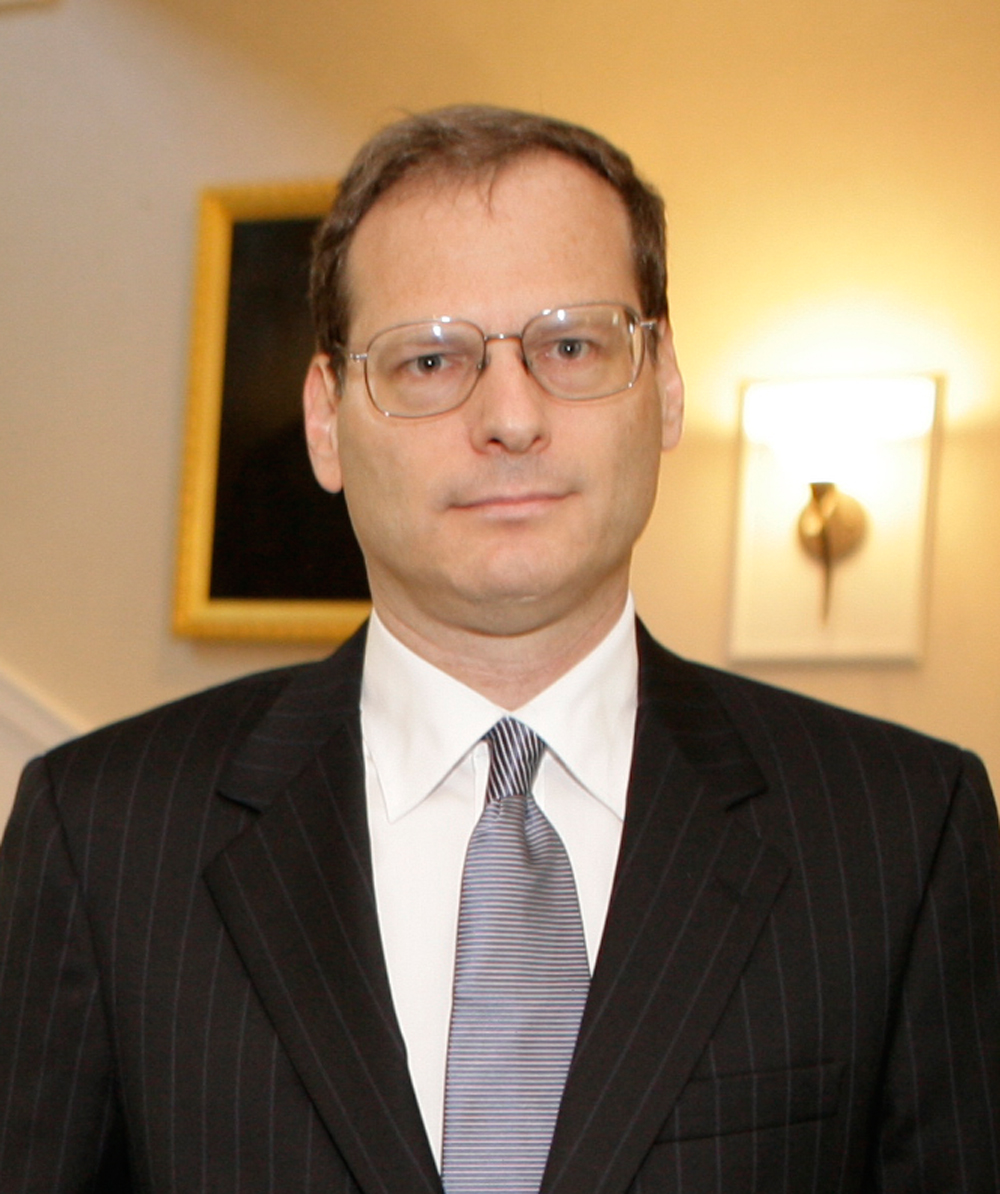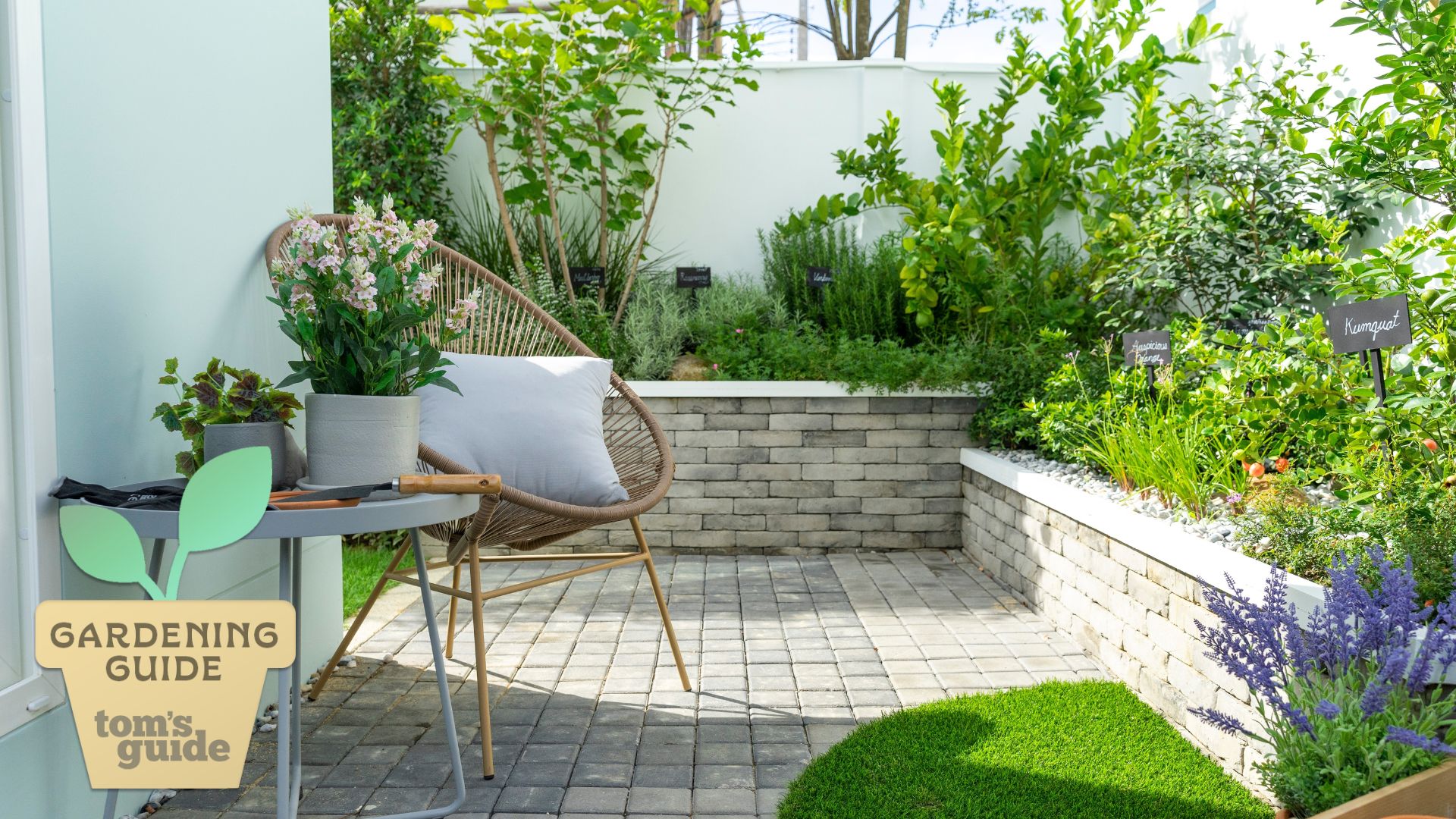I Replaced My Laptop with the Galaxy Note 9, and This Is What Happened
With Samsung's DeX, all you need to do is plug your Note 9 into a monitor using an HDMI cable to have a portable PC. But can it replace a laptop when you travel?
My packing was done and I was just about ready to leave on a working vacation that would take me across the Mediterranean to Malta and Greece, with a stopover in Frankfurt. But this time around, my 2.5-pound notebook and its heavy AC adapter would be staying at home, along with the usual bag of connectors and dongles that join me on such trips.
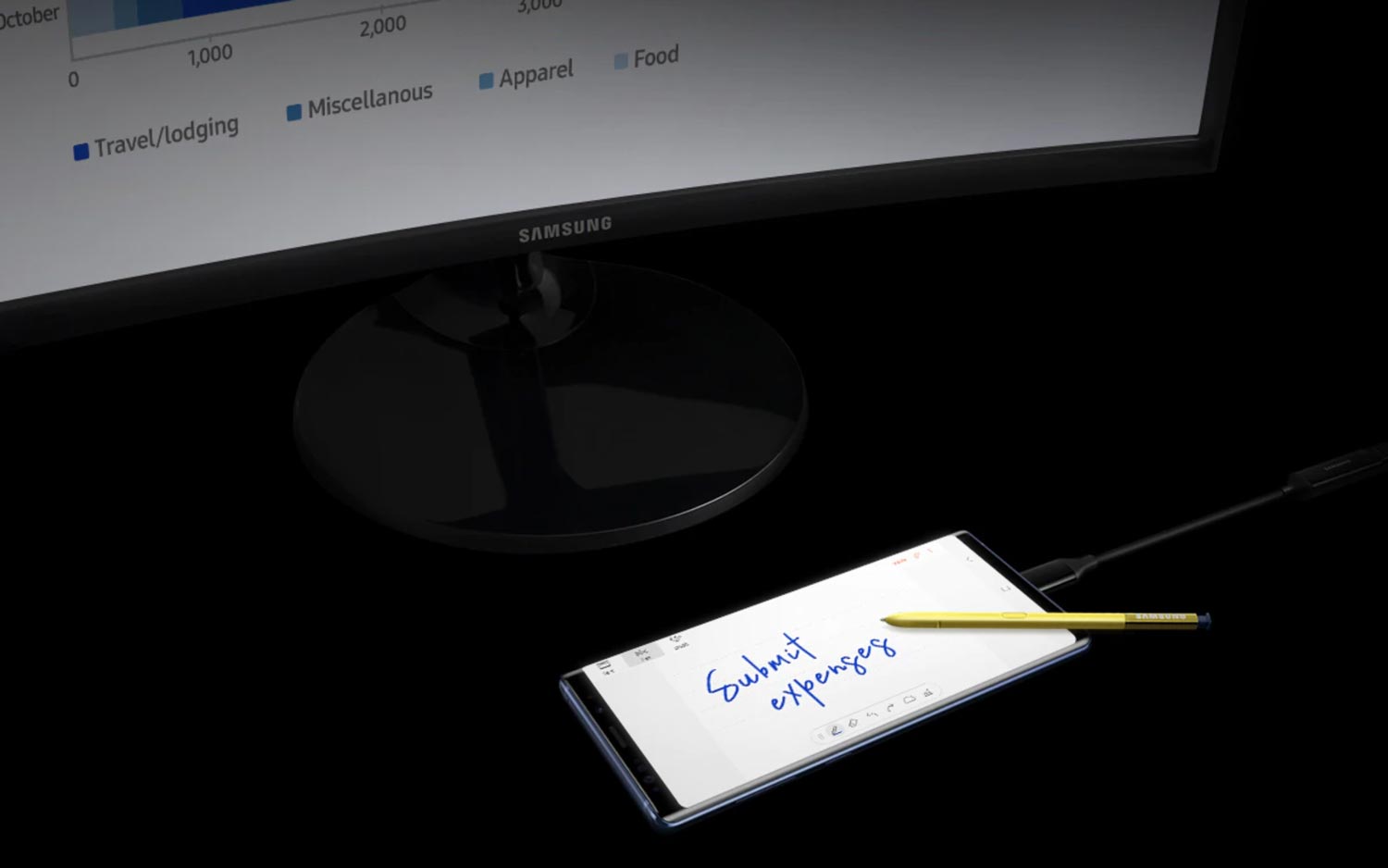
Instead, I traveled light, taking just a Samsung Galaxy Note 9 along with a fold-up keyboard and HDMI adapter. It was all I needed – or so I hoped at the start of this trek – because the DeX software on board the Note 9 can transform Samsung's phone into a desktop computer, with the help of an external display or TV and wireless keyboard. Total weight: less than a pound.
It's an alternative I have craved for a long time. During this trip, I hoped to work on several projects (including this article), create and give presentations, and crunch some large spreadsheets. And when I wasn't working, I wanted to watch a few movies, catch up on my favorite Korean soap operas and play a few games.
Was the Note 9 and DeX up to the task of providing all the comforts of a PC at a third of the weight of my notebook? Here's how the Note 9 performed under pressure, with no net to save me if this productivity high-wire act failed.
Travel Companions: What I Need to Be Productive on the Road
| Row 0 - Cell 0 | With a Notebook | With a Galaxy Note 9 and DeX |
| Main Device (Weight) | HP EliteBook Folio 2 (2 pounds, 8 ounces) | Galaxy Note 9 (7.1 ounces) |
| Power Adapter (Weight) | AC adapter (8 ounces) | AC and HDMI adapters (2.3 ounces) |
| Other Accessories (Weight) | HDMI adapter (1 ounce) | Keyboard (5.7 ounces) |
| Total Weight | 3 pounds, 1 ounce | 15.1 ounces |
What's DeX
Before our journey begins, though, here's a quick refresher on Samsung's Desktop Experience, or DeX for short. Wherever I can snag a TV or display, my Note 9 can be transformed into the equivalent of a desktop computer.
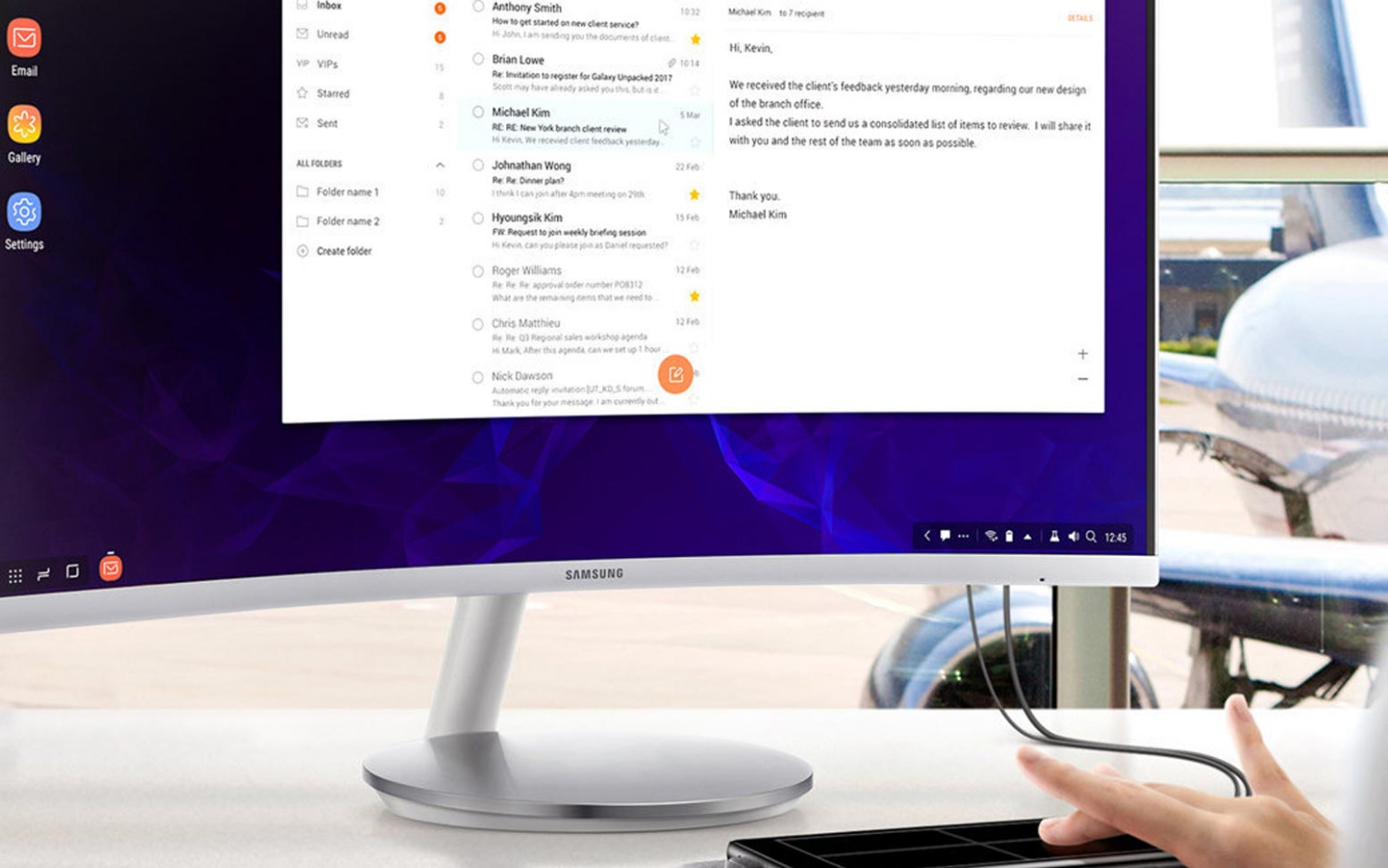
Without DeX, when I plug my Note 9 into a monitor, the phone's screens appear as a cramped vertical strip that takes up about one-quarter of the display's viewing space. With DeX, though, whatever's on the Note 9's display fills the entire external screen.
The setup takes less than a minute. After plugging the phone into the display using an HDMI converter, I link my iClever BK06 keyboard via Bluetooth to the Note 9. Finally, I turn the phone's screen into a touchpad. The result is as close as you can get to a desktop computer while using a phone.
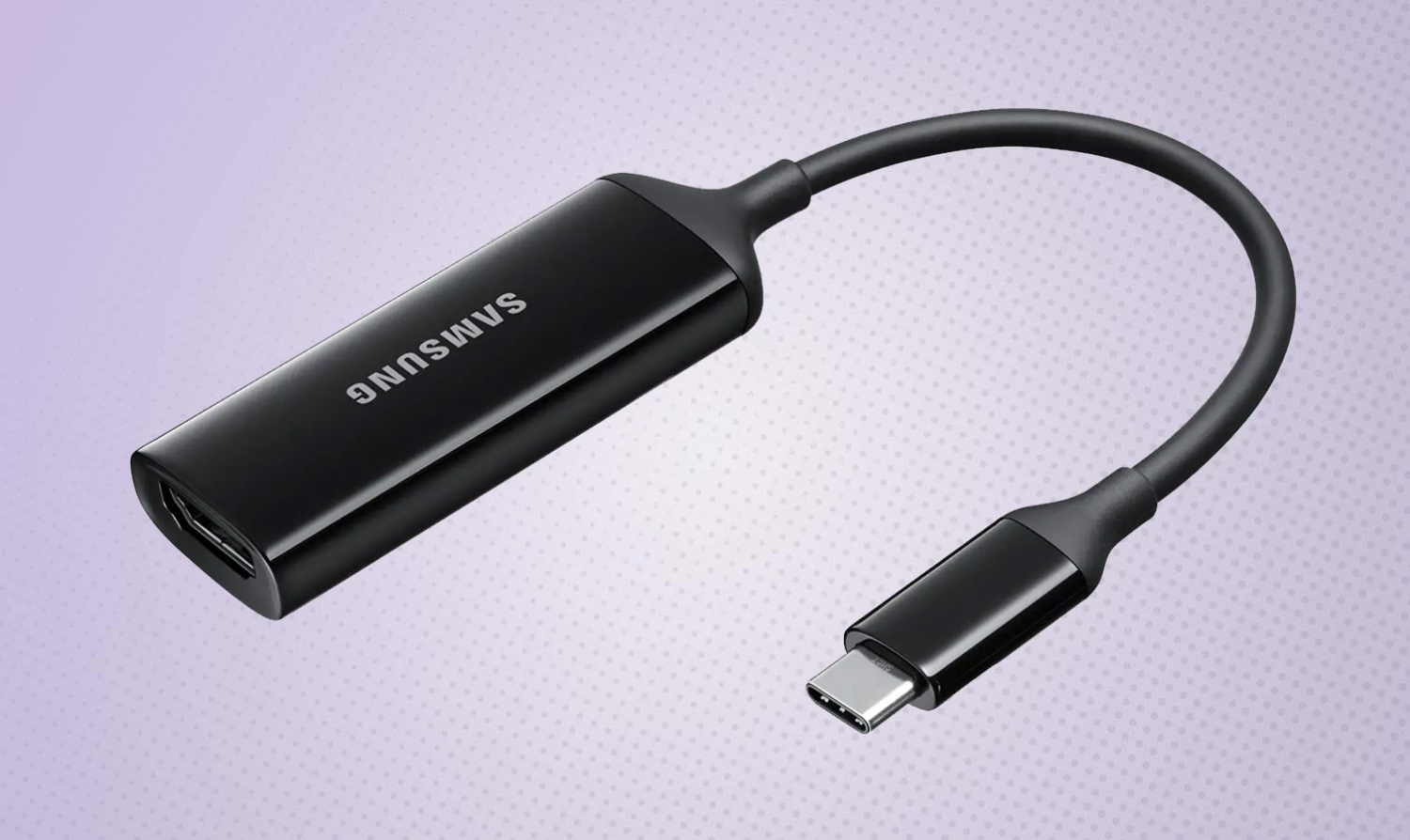
DeX debuted with the Galaxy S8 and S8+ in 2017, and it's been part of every Samsung flagship phone (that includes the Galaxy S9, S9+ and Note 8 in addition to the Note 9) ever since; DeX also works with Samsung's Tab S4 tablet.
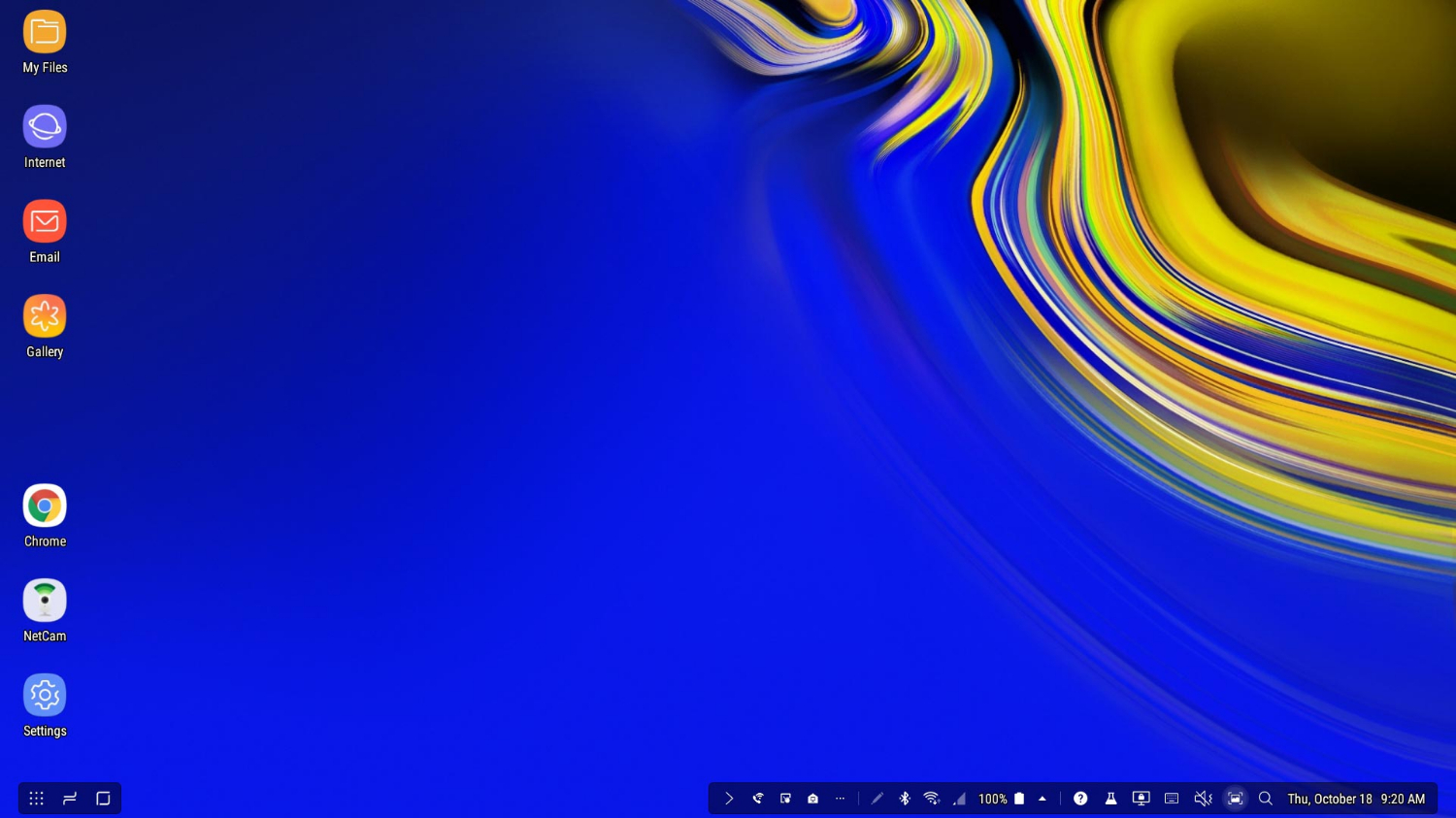
DeX helps those devices punch above their weight by presenting a full-screen horizontal view of apps on an external display. Similar to Windows and Mac OS X software, the DeX interface lets you keep several windows open at once and drag items between them.
The big change with DeX on the Note 9 involves how you connect. Previously, you needed to plug the phone into either the $150 DeX Station or the $100 Dex Pad to act as an intermediary between your phone and the display.
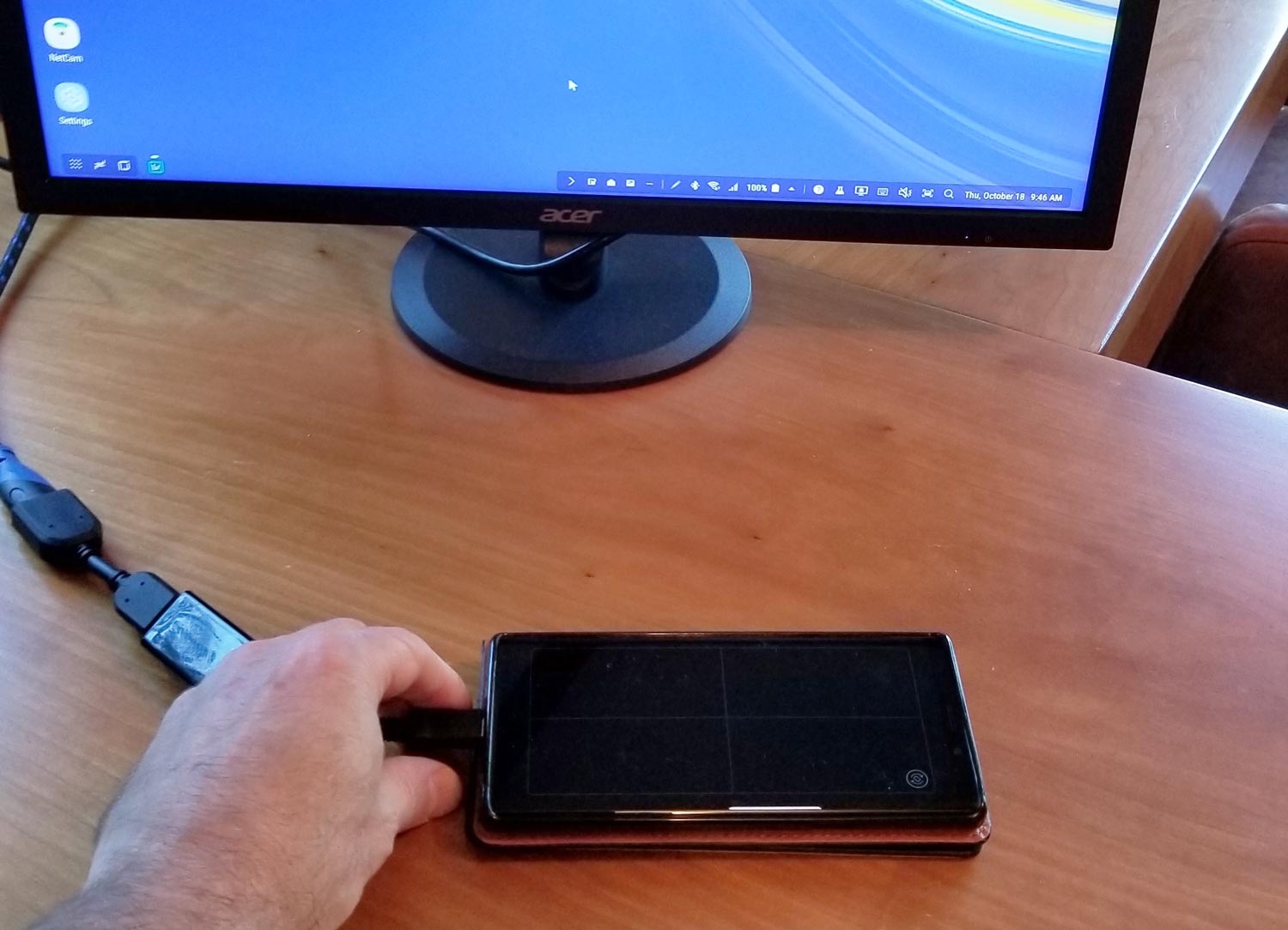
The Note 9 simplifies things by directly connecting to a display with a USB Type-C-to-HDMI video converter. Unfortunately, older Samsung phones still require a DeX Station or DeX Pad, so if you don't have a Note 9, you'll still have to tote one of those accessories around.
Using DeX
A useful Quick Panel on the external display's lower right offers links for interacting with the system: Use them to change the volume, connect with a Wi-Fi network or view the phone's Notifications. On the bottom left, DeX's Navigation Buttons let you jump to the phone's apps, see all the open apps or jump back to the desktop.
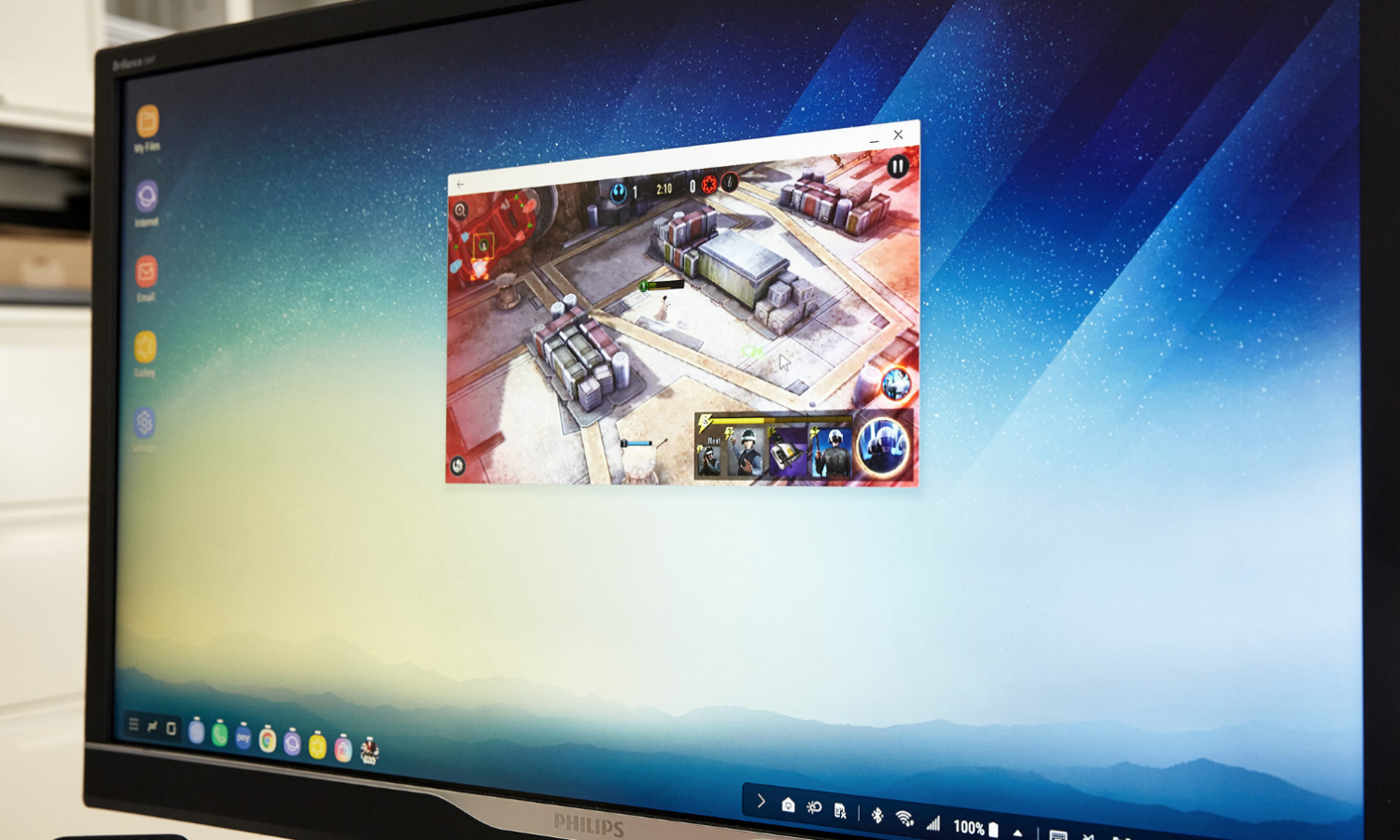
DeX works best with software that's been enhanced to take advantage of Samsung's productivity feature. As of this writing, there are 73 DeX-enhanced apps ranging from Word, PowerPoint and Excel to Photoshop Lightroom and Express. DeX is short on entertainment apps, however — particularly games. It has Vainglory but not League of Legends.
While DeX works with many off-the-shelf apps, the app may want to restart, might not run full screen and can shut down on its own. In my testing, I mostly stuck with enhanced apps, though I used Belkin NetCam and its unenhanced software to remotely watch the family's pet tortoise.
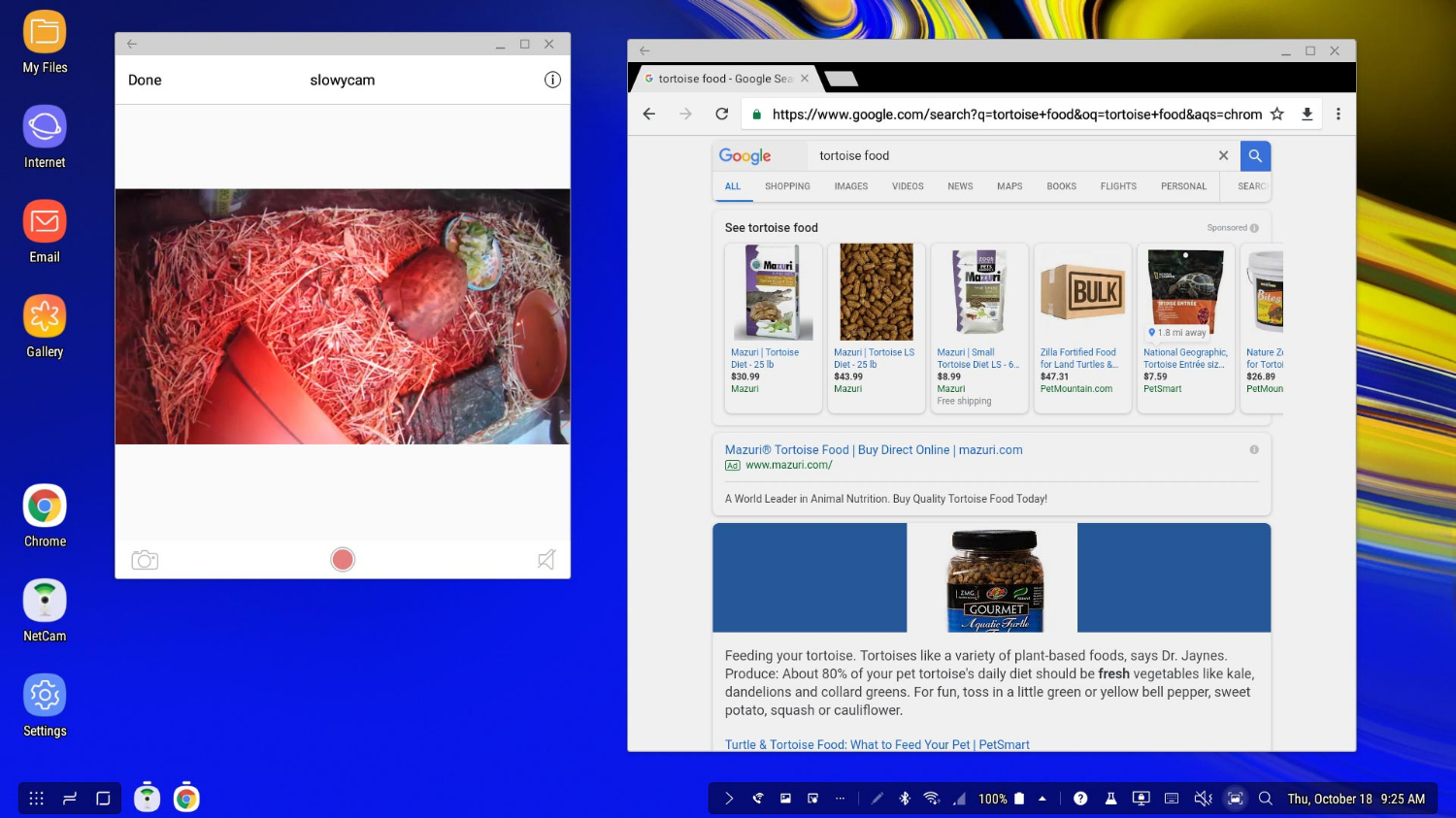
During my travels, the first thing I did when I returned to my hotel every night was plug the phone into the room's TV via an HDMI adapter or USB Type-C hub, connect to my Bluetooth keyboard and start using the Note 9 as a touchpad by scrolling down the Notification Settings and tapping on "Use Your Phone as a Touchpad." One instant desktop computer, coming right up.
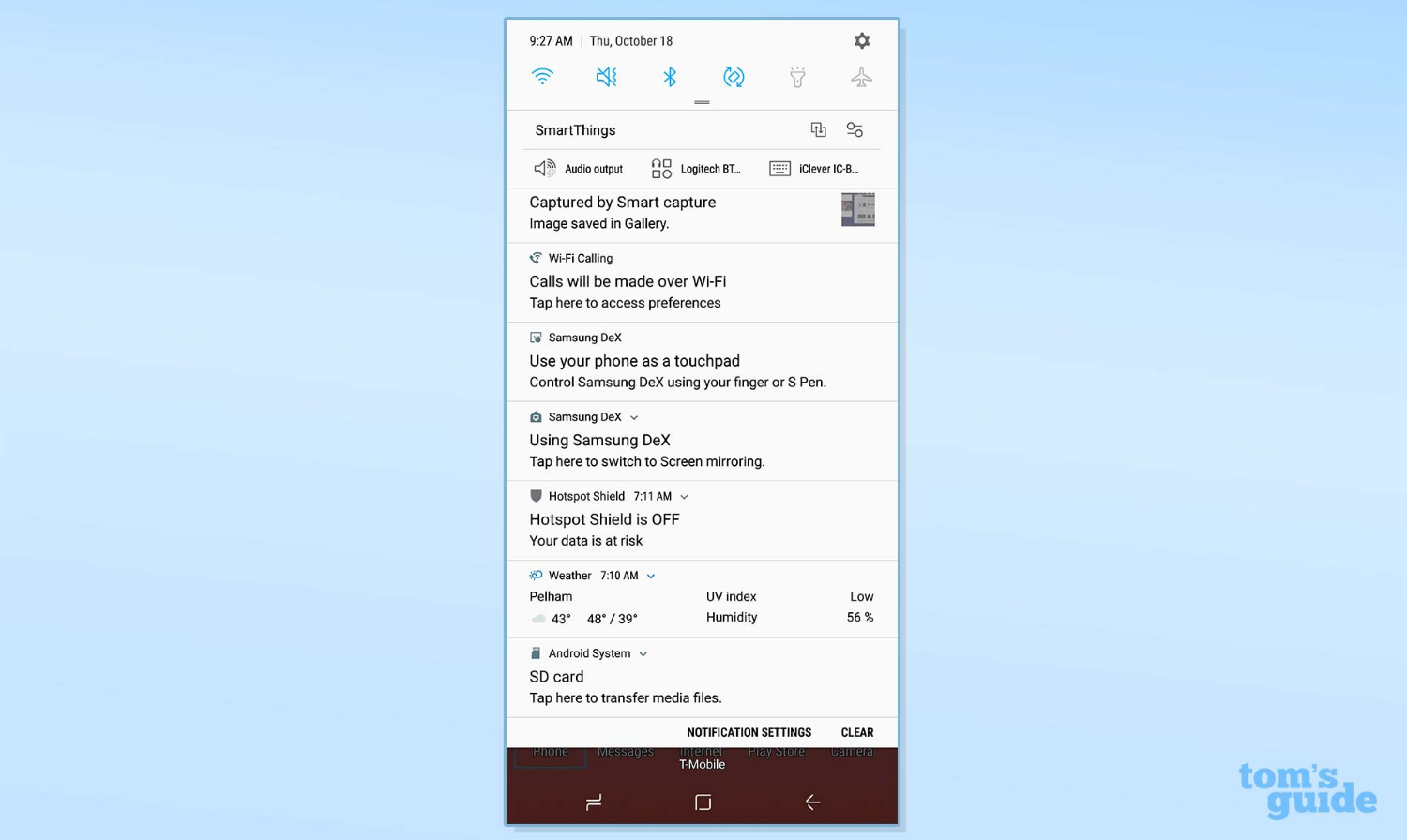
Most of my DeX use centered on reading and writing emails using Gmail as well as outlining and developing ideas, stories and notes in Word. Having both programs on the big screen was a big help, because the DeX versions are virtually indistinguishable from what I'd use on either the PC or Mac. About 15 seconds after plugging in, I had my current document open, often with me furiously typing away while swiping on the phone to type new sections, move paragraphs around and change formatting.
While on Malta, I put together a PowerPoint slide show that incorporated parts of a monster spreadsheet and images I pulled from the Web. It all took place using my hotel room's 32-inch TV — a big step up from the 12-inch screen of my notebook, not to mention the Note 9's 6.4-inch screen.
I also took a lot of pictures during my trip, with some of those requiring cropping or editing in Photoshop Lightroom to alter the contrast, brightness and color balance. For others, I added a sepia tone to give them an antique appearance. Having the ability to work through these image-editing tasks on a large display was a big advantage. I'm not sure I could have done it at all or as well on the Note 9's display.
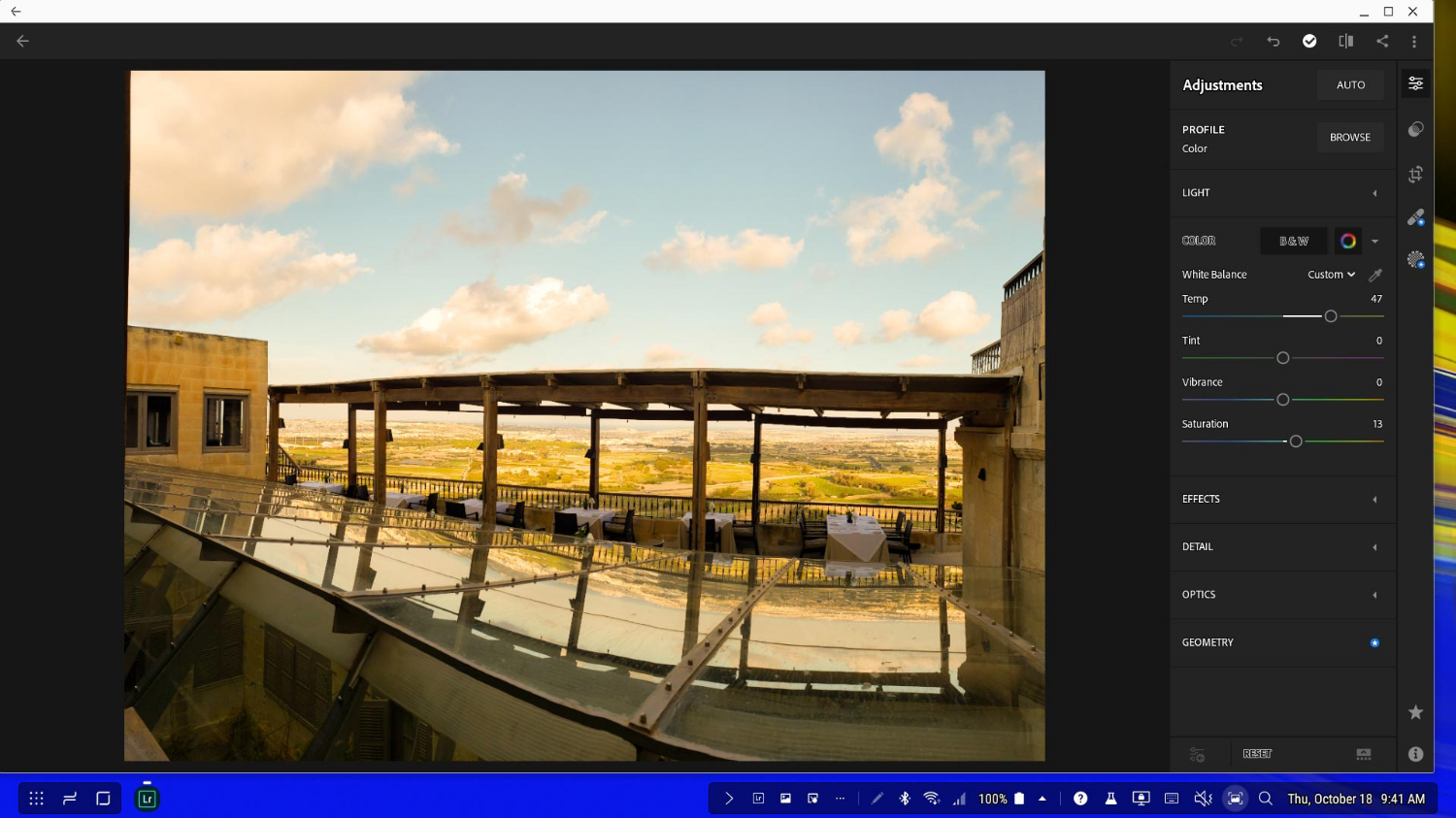
With the work done, it was time to unwind and have the DeX-Note 9 combo play some new episodes of Mr. Sunshine on Netflix. While not an approved DeX app, Netflix works well; the content was displayed in full-screen mode on the hotel's TV and the sound came through loud and clear on its speakers.
Can DeX Be Your PC on the Road?
Overall, the Note 9 and DeX worked hand in glove with each other. They kept me on track with my work, and when I finished all my tasks, DeX kept me entertained on a bigger screen than the one that my phone offered.
For that reason, DeX seems like magic to me: I was able to use a big display to write, do research and edit images without feeling cramped. Yet, I was carrying a phone, not a notebook, making DeX an essential part of traveling light.
Still, DeX remains a work in progress that needs to evolve in several key areas before it can truly become a traveler's tool. Due to the short cables I packed, I often had to drag a table to the screen and sit on the edge of the bed.
MORE: Samsung DeX Review: The Phone-as-PC Dream Remains Elusive
While the 32-inch TV in my Maltese hotel was perfect for working and entertainment, the TV in my Athens hotel room only accepted composite video inputs, making DeX a nonstarter. Instead, I used the Business Center's communal display.
More software (particularly on the entertainment side of things) would be a good step forward for DeX. Recently, Samsung released a software development kit so that software developers can add DeX compatibility to their Android apps. Hopefully, this will be the start of a renaissance for DeX apps.
Ultimately, DeX's biggest compromise is that, unlike a tablet or notebook, it lacks a permanent display. Unless I had a monitor handy, all I could do was use the Note 9's built-in screen, which was too cramped for many of the tasks I needed to do.
Finally, as good as DeX and the Note 9 are together, the cables really get in the way. Samsung engineers are working on replacing DeX's physical connections with wireless links. Imagine a world where, when it's time to get to work or watch a movie while you're traveling, all you have to do is tap the screen to wirelessly connect to the hotel room's smart TV, connect a keyboard and set up the phone as a touchpad. That's my idea of a traveler's dream come true.
Credit: Tom's Guide
Sign up to get the BEST of Tom's Guide direct to your inbox.
Get instant access to breaking news, the hottest reviews, great deals and helpful tips.
Brian Nadel is a freelance writer and editor who specializes in technology reporting and reviewing. He works out of the suburban New York City area and has covered topics from nuclear power plants and Wi-Fi routers to cars and tablets. The former editor-in-chief of Mobile Computing and Communications, Nadel is the recipient of the TransPacific Writing Award.
-
aurelisarelia Came across this guide early today and rushed to the local computer store to pick up the Dex Station. My first impressions are that it is insanely cool. I've got so many tabs open, including a terminal that emulates a Unix development environment. One of my python scripts is running in there as I type this from another window on the desktop. I'll be experimenting with ssh and Amazon Workspaces to see how feasible it is to hook up to a beefier machine if I need more power, although the phone's specs are impressive enough that I will be able to do so much as is. This is insanely cool and I hope that Samsung continues to support this. If they keep getting it right I'll be a Samsung person for the forseeable future.Reply
Which is hilarious because just the other day I was telling people that the Note 9 is nice but too expensive. The dock completely changed my mind. If I could have a badass phone AND a perfectly usable and awesome desktop when I need it...that makes the phone worth every penny.
Thanks for sharing this guide! Super valuable and insightful. -
Dr.Lipp I have a galaxy note 9 at the moment. With my previous unit I needed to use the Dex dock. It was great because I could plug it into my monitor use my old style a mechanical keyboard and trackball. since my new phone can connect directly that means I can only use Bluetooth enabled devices which means I can't use either of those. I used to use my phone like a laptop which I plugged into a dock and had everything right there. Now I have to fiddle with Bluetooth devices. While I could use the phone screen as a trackpad I much rather use the phone as a phone which is now permitted you can use the DEX on the TV and you can use your phone independently which I think is a huge upgrade.Reply
I got a hold of one of those HDMI adapters with a USB port on the side so that I could plug in my keyboard and mouse on the side but that didn't work at all. In fact it was chaos the screen flickered it failed it was a complete fumble it doesn't work at ALL. This phone will only work as DEX if you plug it in alone. A major failure.
Another huge pet peeve I have is that you can only access DEX if you have it plugged into a TV and sometimes you need to access dex and you are not able to just from your phone.
another failure is that it is extremely easy to hook up your Samsung Galaxy to your TV wirelessly but it only mirrors the screen so far if there's any way to activate Dex while it is connected that way I haven't found it out which is a real pity because the connectivity works so well it would be nice if I didn't need any wires at all. After all that's their idea. -
Saga Lout This thread is over four months old, Dr.Lipp and might have been solved by now. It's best to stick to threads where the last post was within the previous two weeks.Reply
